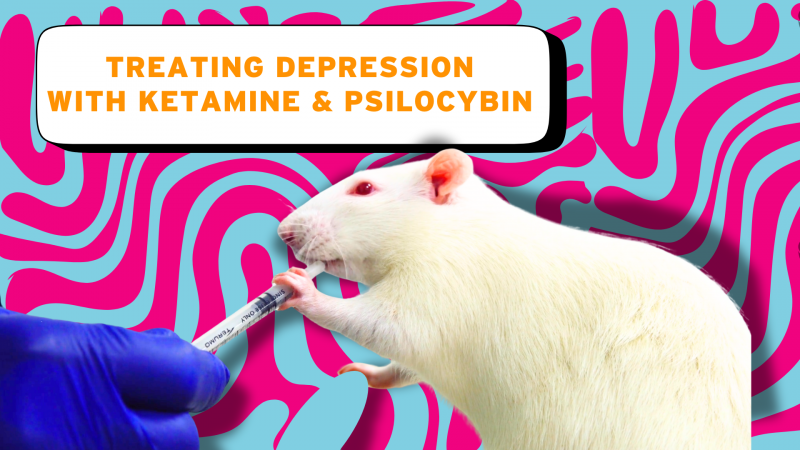Cervical cancer
What is cervical cancer?
The primary cause of cervical cancer is the human papillomavirus, also known as HPV. There are more than 100 different types of HPV most of which cause no symptoms and are relatively harmless. However, 13 HPV viruses have been shown to cause cancer, including cancers of the mouth, throat, genitals, and anus, as well as the cervix. In total, 5,000 new cases of HPV-linked cancer are diagnosed each year in the UK.
The HPV vaccine
In 2008, the first vaccination program against HPV was rolled out across the United Kingdom. Today, all girls and boys aged 12-13 are offered a vaccine to protect them against cancer-causing HPV viruses. The HPV vaccine has reduced the spread of HPV and led to a large reduction in the number of cervical cancer cases. Research from King’s College London, Health Security Agency (UKHSA), the National Cancer Registration and Analysis Service (NCRAS) indicates that the HPV vaccination programme prevented around 450 cervical cancers and around 17,200 cases of precancerous conditions over an 11-year period in the UK.
The discovery of the human papillomavirus (HPV), the link between HPV and cancer, and the development of the HPV vaccine all relied on animal testing. Studies in rabbits, cows, dogs, and monkeys were essential to understanding and preventing cancers caused by HPV.
Species-specific vaccines against papillomaviruses have also been created for rabbits, cows, and dogs, which are all susceptible to their own types of papillomavirus.
The history of cervical cancer research and animal testing
There are many animal species, from birds to whales, that are susceptible to papillomavirus infections. The first papillomavirus to be discovered and observed by scientists was the cottontail rabbit papillomavirus (CRPV). The discovery of cottontail rabbit papillomavirus was made in 1933 by Richard Shope of the University of Rochester. Shope was alerted by a friend to cottontail rabbits with ‘horns’, which were actually large wart-like growths. Shope processed the warty growths and injected the resulting solution into healthy rabbits. The experiment caused the rabbits to develop wart-like growths, just like the rabbits with CRPV. The experiments carried out by Shope were the first to demonstrate that cancer could be caused by a mammalian virus.
Two years after Shope’s discovery, Dr F Peyton Rous described the progression of papilloma warts into cancer in animal experiments. Rous is famous for an earlier study in 1910 when he successfully demonstrated the link between tumour growth and viral infection in chickens, for which he was awarded a Nobel Prize in 1966.
In 1977, Dr Harald zur Hausen published the first research linking human papillomavirus to cervical cancer. His claim remained controversial until, in the early 1980s, he discovered two previously unknown virus types, HPV-16 and HPV-18, in cervical tumours. He was awarded the Nobel Prize for his work in 2008.
More information on the history of HPV research and animal testing can be found on animalresearch.info.
Creating the HPV vaccine
The discovery of CRPV and other papillomaviruses played a critical role in the development of vaccines against cervical cancer. Human papillomavirus can only survive in humans and cannot be studied in cell culture or be transmitted to other species. This creates serious obstacles for the development of treatments or vaccines. Testing the effectiveness of a possible vaccine usually involves challenge tests where the new vaccine is administered and then the virus or pathogen is introduced and researchers observe to see if the vaccine is effective in fighting off infection. Since the human papillomavirus can cause cancer, it was impossible to run that sort of experimental challenge in human volunteers. If the candidate vaccines hadn’t worked, the consequences could have been fatal.
The existence of non-human papillomaviruses that have different but closely related effects on other species, however, meant that effective vaccines against papillomavirus could be developed without using human test subjects. Successful vaccines were created for cottontail rabbit papillomavirus, canine oral papillomavirus, and bovine papillomavirus and from that work scientists were able to identify the underlying principles that would lead them towards a safe and effective vaccine for humans. When tested in monkeys, which have a very similar immune system to humans, the vaccine produced high levels of antibodies. Eventually, the vaccine was given to human volunteers who were then monitored against a control group to see how likely they were to become infected with the specific strains of HPV that were being targeted. The results were good. The vaccine offered a better than 90% protection against infection. Once again, the deep physiological similarities between humans and other species had helped scientists towards a profound medical breakthrough that will save thousands of lives.
More information on the development of the HPV vaccine and animal testing can be found on animalresearch.info.



